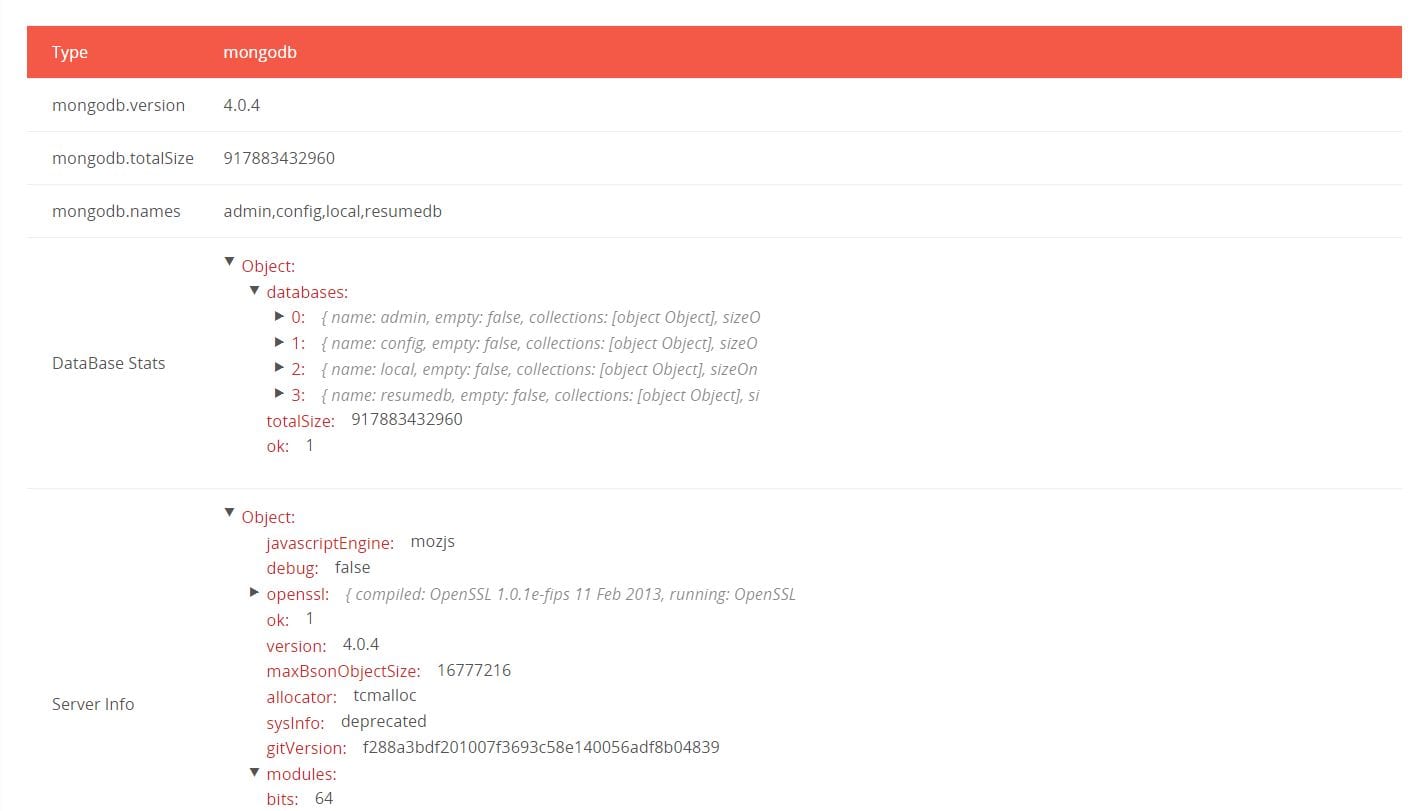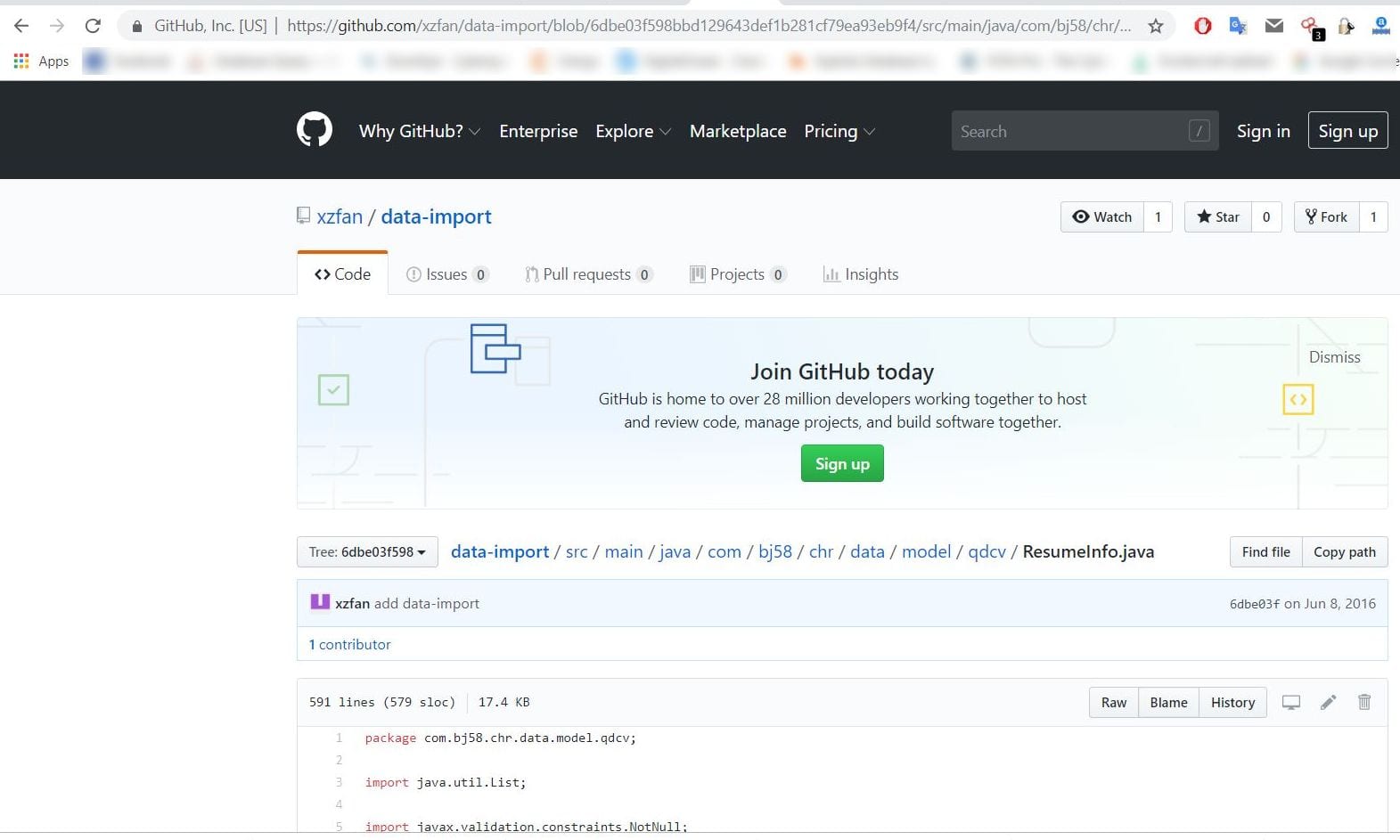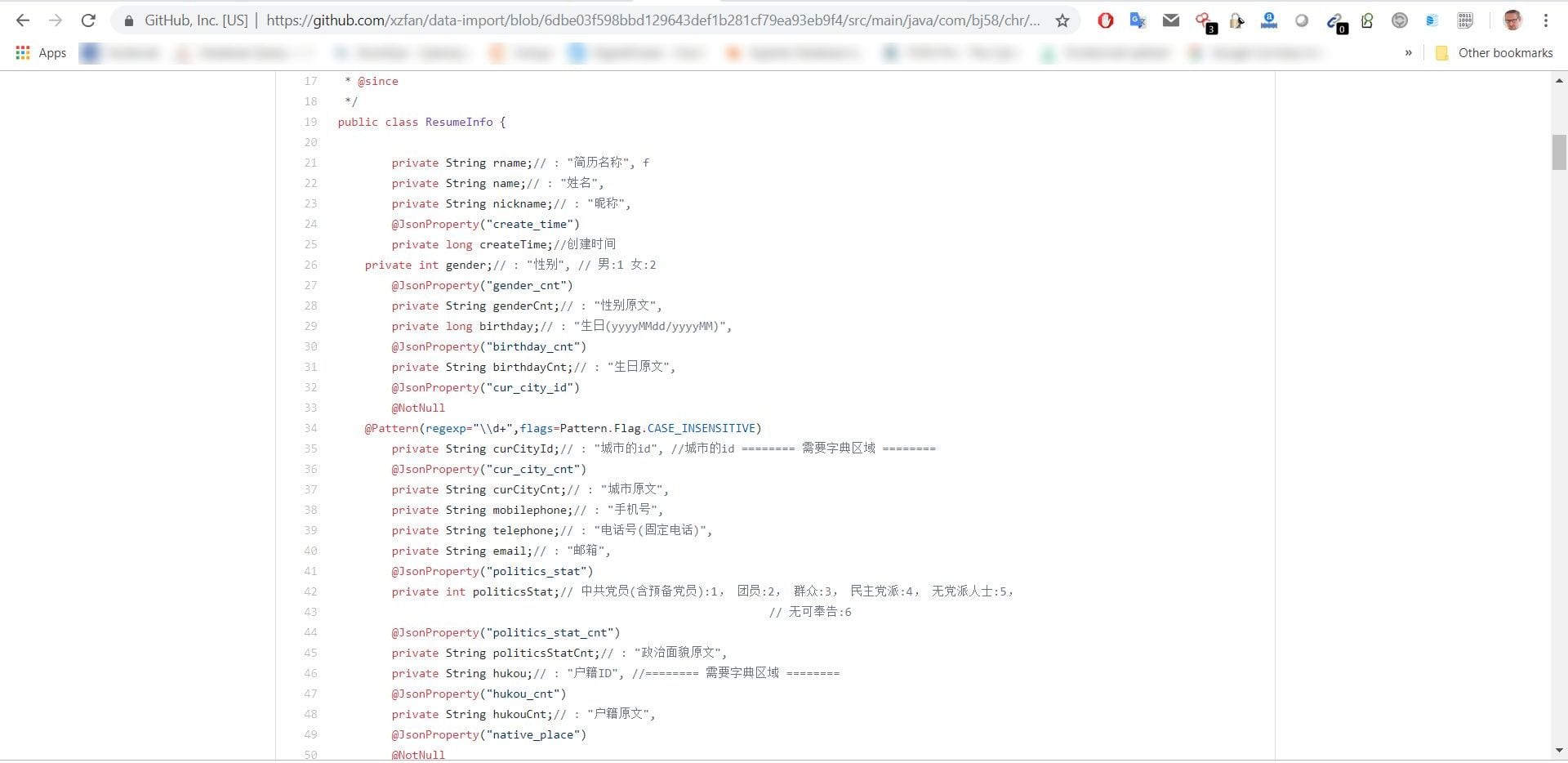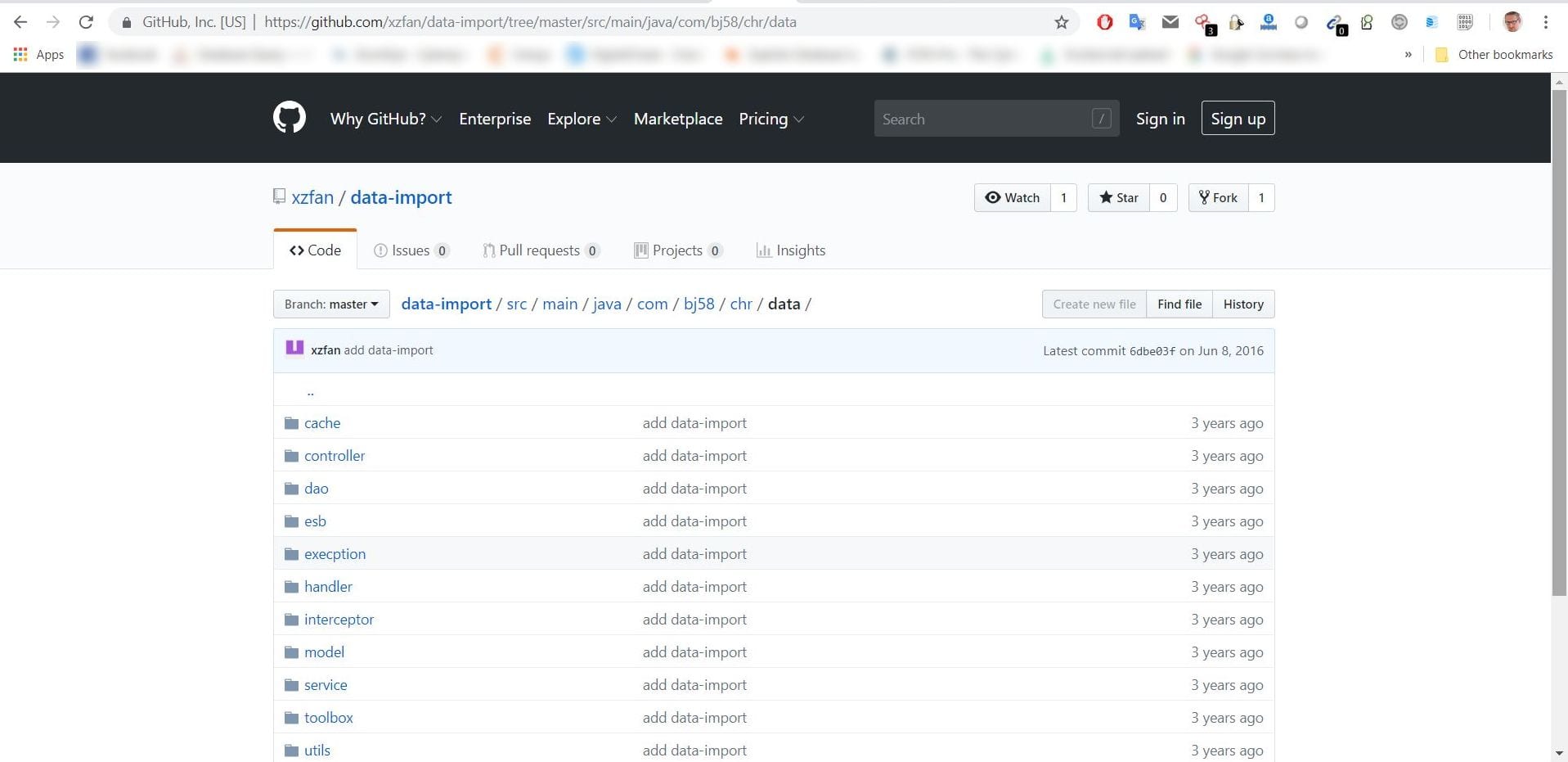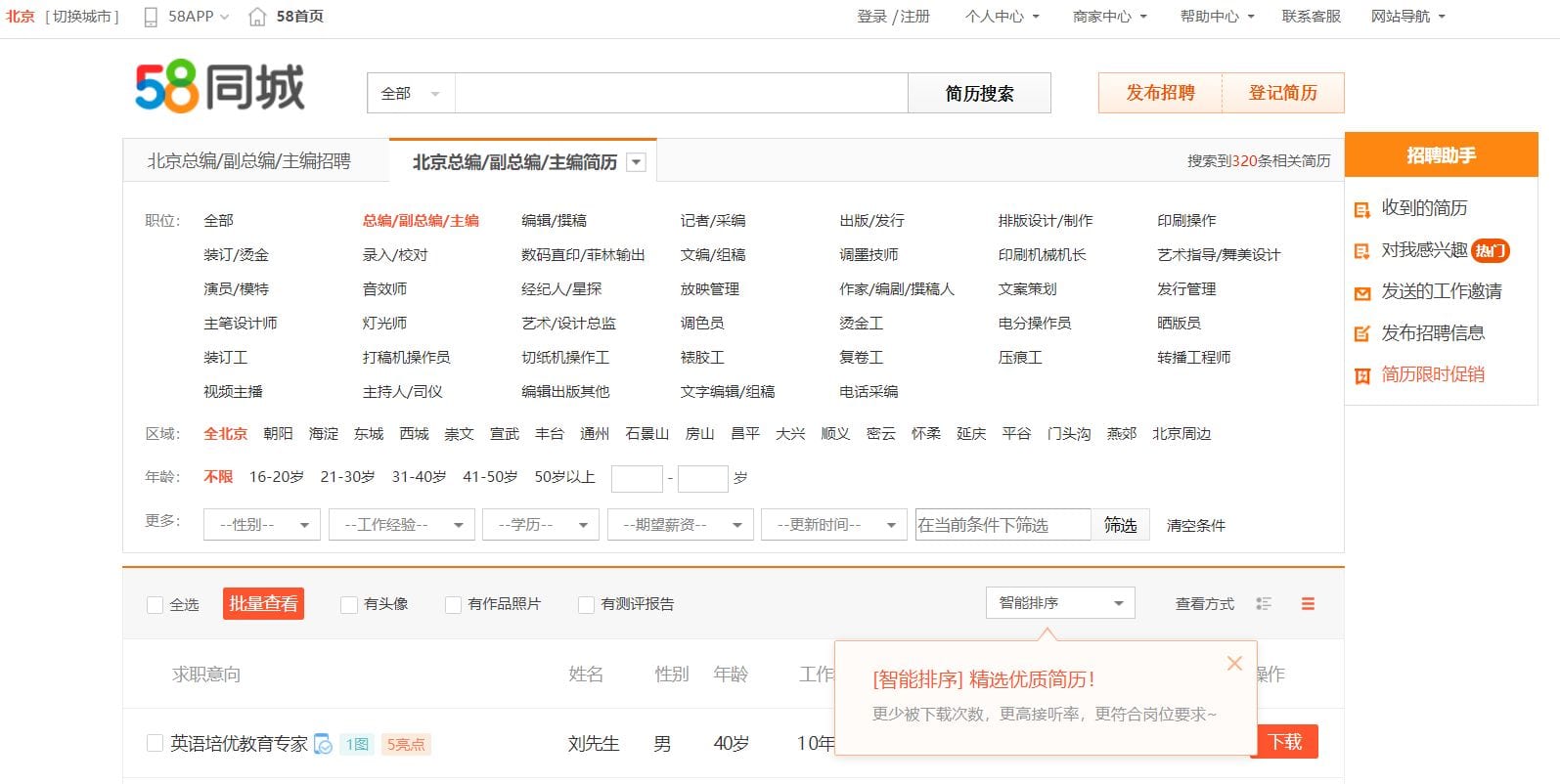The three authors, who describe themselves as leftists, spent 10 months writing 20 hoax papers they submitted to reputable journals in gender, race, sexuality, and related fields. Seven were accepted, four were published online, and three were in the process of being published when questions raised in October by a skeptical Wall Street Journal editorial writer forced them to halt their project.
One of their papers, about canine rape culture in dog parks in Portland, Ore., was initially recognized for excellence by the journal Gender, Place, and Culture, the authors reported.
The hoax was dubbed “Sokal Squared,” after a similar stunt pulled in 1996 by Alan Sokal, then a physicist at New York University.
After their ruse was revealed, the three authors described their project in an October article in the webzine Areo, which Pluckrose edits. Their goal, they wrote, was to “to study, understand, and expose the reality of grievance studies, which is corrupting academic research.” They contend that scholarship that tends to social grievances now dominates some fields, where students and others are bullied into adhering to scholars’ worldviews, while lax publishing standards allow the publication of clearly ludicrous articles if the topic is politically fashionable.
[…]
In November the investigating committee reported that the dog-park article contained knowingly fabricated data and thus constituted research misconduct. The review board also determined that the hoax project met the definition for human-subjects research because it involved interacting with journal editors and reviewers. Any research involving human subjects (even duped journal editors, apparently) needs IRB approval first, according to university policy.
“Your efforts to conduct human-subjects research at PSU without a submitted nor approved protocol is a clear violation of the policies of your employer,” McLellan wrote in an email to Boghossian.
The decision to move ahead with disciplinary action came after a group of faculty members published a letter in the student newspaper decrying the hoax as “lies peddled to journals, masquerading as articles.” These “lies” are designed “not to critique, educate, or inspire change in flawed systems,” they wrote, “but rather to humiliate entire fields while the authors gin up publicity for themselves without having made any scholarly contributions whatsoever.” Such behavior, they wrote, hurts the reputations of the university as well as honest scholars who work there. “Worse yet, it jeopardizes the students’ reputations, as their degrees in the process may become devalued.”
[…]
Meanwhile, within the first 24 hours of news leaking about the proceedings against him, more than 100 scholars had written letters defending Boghossian, according to his media site, which posted some of them.
Steven Pinker, a professor of psychology at Harvard University, was among the high-profile scholars who defended him. “Criticism and open debate are the lifeblood of academia; they are what differentiate universities from organs of dogma and propaganda,” Pinker wrote. “If scholars feel they have been subject to unfair criticism, they should explain why they think the critic is wrong. It should be beneath them to try to punish and silence him.”
Richard Dawkins, an evolutionary biologist, author, and professor emeritus at the University of Oxford, had this to say: “If the members of your committee of inquiry object to the very idea of satire as a form of creative expression, they should come out honestly and say so. But to pretend that this is a matter of publishing false data is so obviously ridiculous that one cannot help suspecting an ulterior motive.”
Sokal, who is now at University College London, wrote that Boghossian’s hoax had served the public interest and that the university would become a “laughingstock” in academe as well as the public sphere if it insisted that duping editors constituted research on human subjects.
One of Boghossian’s co-author, Lindsay, urged him in the video they posted to emphasize that the project amounted to an audit of certain sectors of academic research. “People inside the system aren’t allowed to question the system? What kind of Orwellian stuff is that?” Lindsay asked.
Pots and kettles? I think it’s just the American way of getting back at someone who has made you blush – destroy at all costs!


